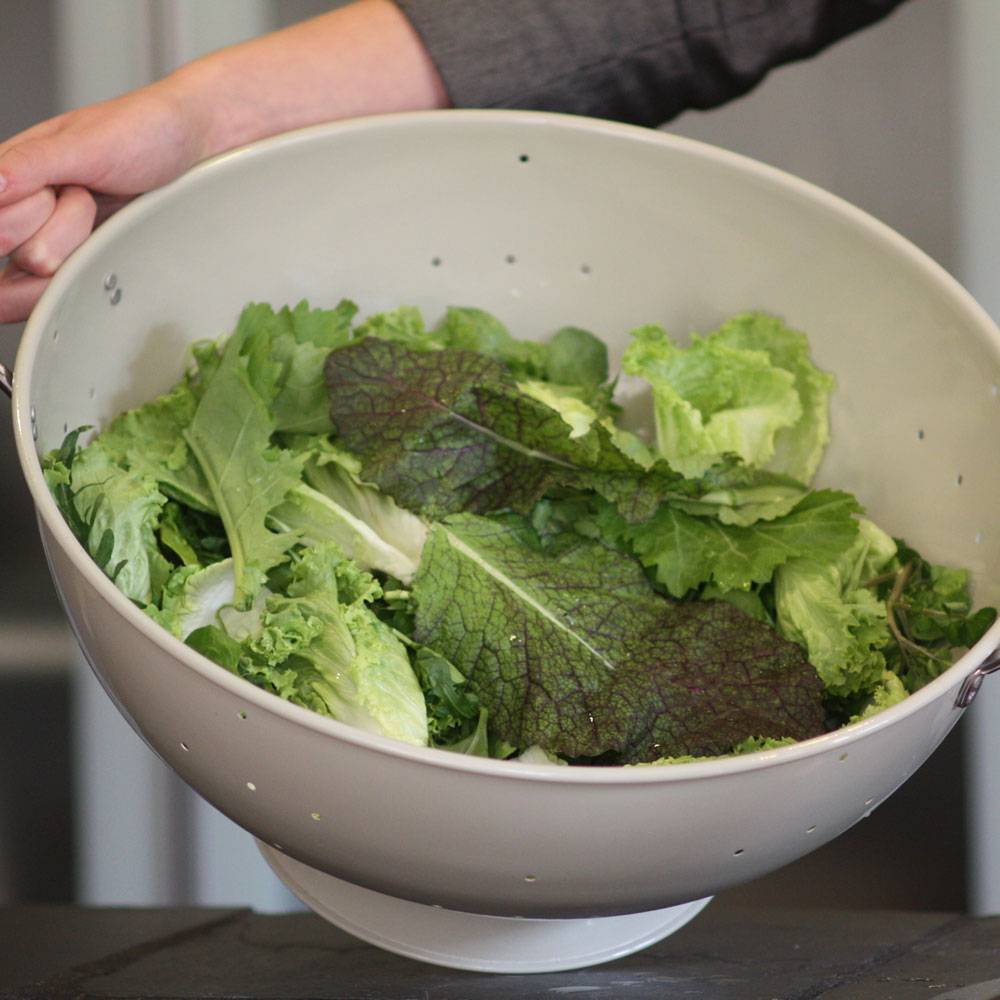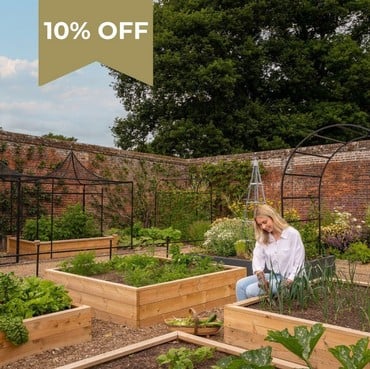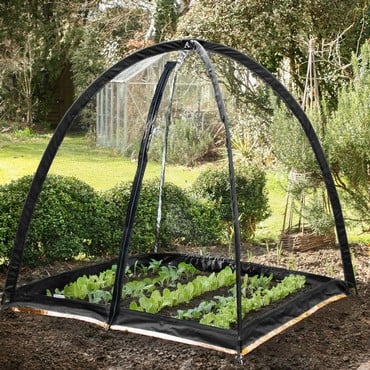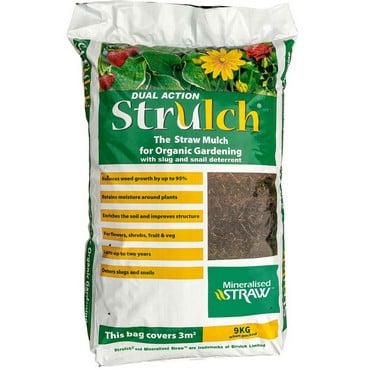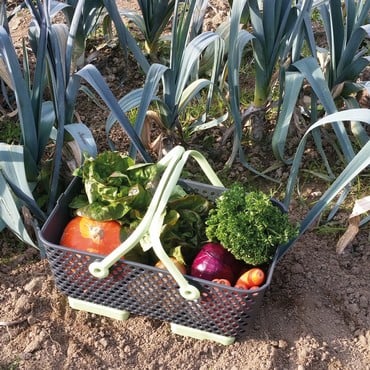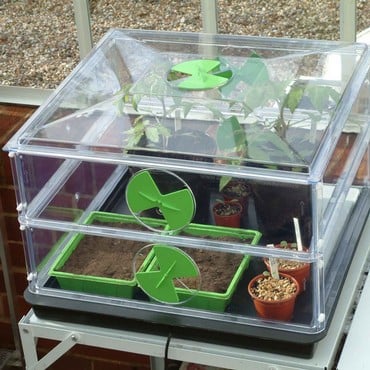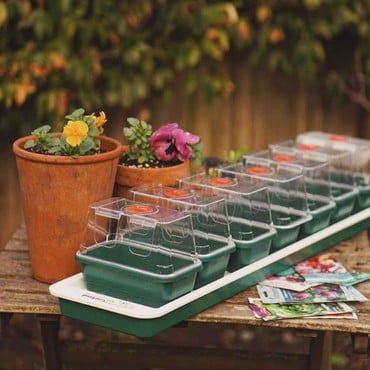Let’s talk about lettuce…
One of our oldest cultivated foods, lettuce is the quintessential salad crop that dresses up a garden with its ruffly leaves. This healthy veggie is incredibly easy to grow, takes up little space and is available in a wide range of colours, shapes, sizes and types. In fact, when you grow your own, you’ll be amazed at how much lettuce you can harvest, even from a small area. Additionally, once you sample your home-grown wares, you’ll realise it tastes far superior than any shrink-wrapped offering from the supermarket.
Did you know? There are hieroglyphic records of lettuce being grown over 6,000 years ago. Impressive!
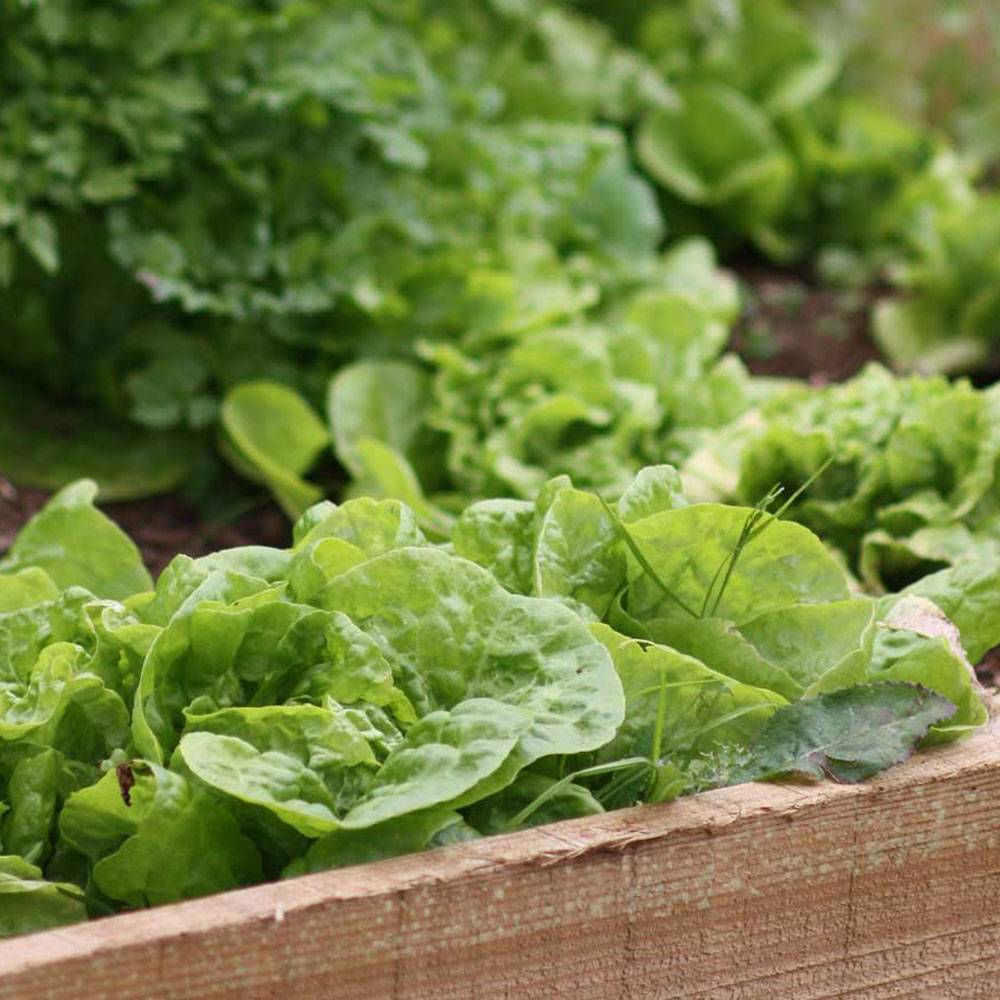
The growing process
Pick your varieties
With so many to choose from, selecting which lettuce varieties to grow can be almost overwhelming. To help you decide, we’ve listed 4 of our reliable favourites below:
All The Year Round
As the name suggests, you can sow and grow this variety at any time of the year. This popular lettuce has an exquisite flavour with medium-sized loosely formed heads and soft, buttery-textured green leaves.
Little Gem
Very popular with amateur growers, this bestseller is quick maturing and compact with tight hearts and a very sweet flavour. Especially suited to smaller gardens as it can be grown at higher density.
Salad Bowl
This highly regarded loose-leaf boasts an RHS AGM and an All-American Selection Gold Award. Keep picking the leaves and it will continue to produce tender new apple-green leaves. Ideal for garnishes and makes a pretty salad when combined with its red form ‘Red Salad Bowl’.
Moonred
Also known as a red Little Gem, this variety is very reliable, producing dense heads with attractive, glossy, burgundy leaves with a compact habit making it ideally suited to pots and containers. The nutritious leaves are the perfect addition to sandwiches or as part of a refreshing, mixed salad.
Sowing
Sowings can be made directly into prepared soil or into module trays of potting soil. Seeds should be planted ⅛ to ¼ of an inch deep. Lettuce seeds need light to germinate, so don’t sow them too deep. Transplants should have 4-6 mature leaves and a well-developed root system before being planted into the garden. Be sure to leave 12-15 inches between each planting row and remember to water thoroughly at time of transplanting.
Lettuce care advice
- Lettuce grows best in full sun but can tolerate shade
- Hydrated lettuce will bear tender leaves, so keep moisture levels consistent by watering whenever the top inch of soil becomes dry
- An organic mulch will help conserve moisture, suppress weeds, and keep soil temps cool throughout the warmer months
Harvesting
Lettuce seeds grow very quickly. On average, it only takes roughly 40-50 days for them to reach full maturity. You can begin harvesting leafy varieties much sooner than that, since they don’t need to reach full maturity first. Larger types, or those that produce a head, need longer to mature. It can take anywhere from 55-80 days from seed to harvest for iceberg and romaine, for example.
Mature lettuce gets bitter and woody and will go bad very quickly, so check your garden regularly for ready-to-harvest leaves. After harvesting, wash the leaves and dry them thoroughly. Wrap the lettuce in a paper towel and store in a plastic bag or container in the fridge for up to 10 days.
Tip: It’s best to harvest lettuce in the morning, before the leaves have been exposed to sun
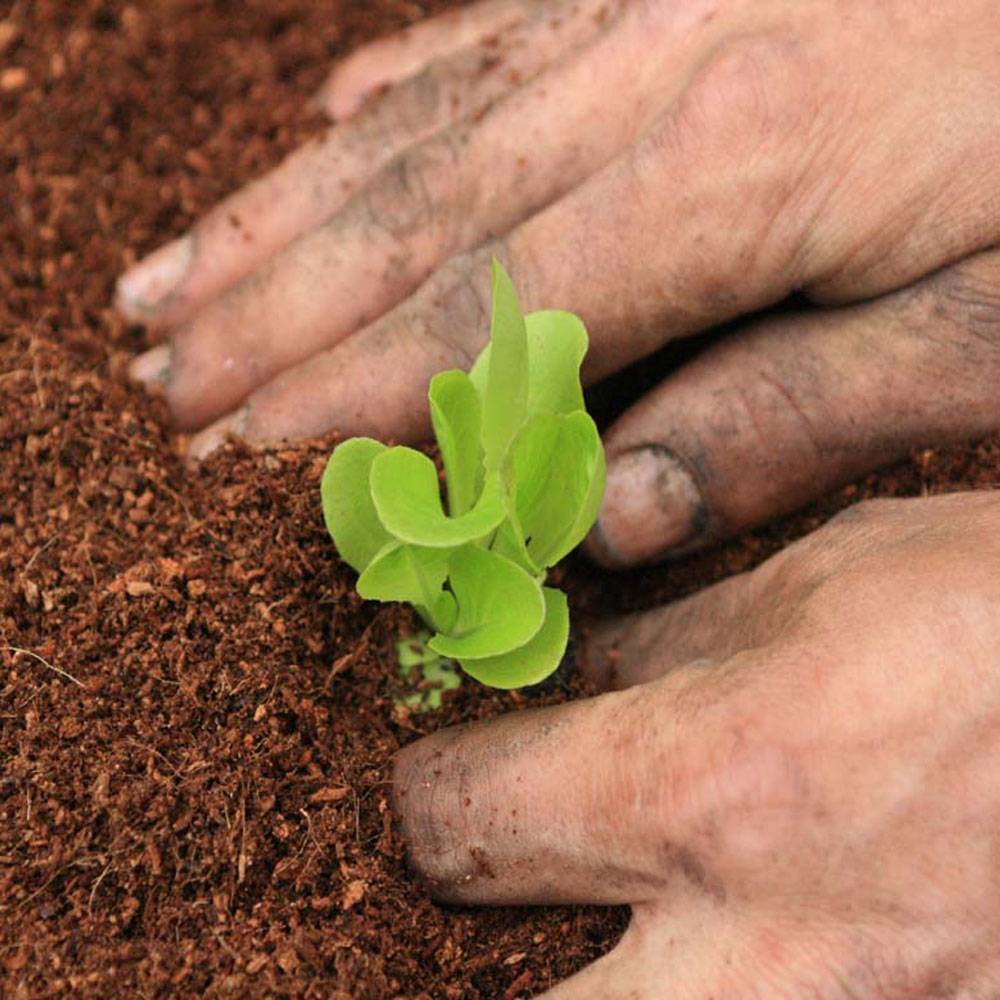
Other uses for your surplus harvest of lettuce
Lettuce doesn’t just belong in a sandwich or salad, there is far more to this delicious crop than you think. Here’s some ‘out of the box’ solutions for using up your excess lettuces:
Nutrient-packed soup
This is a great way to use lettuce’s outer leaves and ribs, which usually go to waste. Combine onions and garlic in a large pan until softened. Stir in potatoes, lettuce and water and bring to a boil. Leave covered for around 10 minutes. Puree in batches and serve with crusty bread.
Juice/Smoothies
If you own a juicer, one of the easiest ways to deal with ‘less than fresh’ greens is to turn them into a delicious, healthy green juice. Add a touch of ginger plus an apple or other fruit to add a bit of sweetness. Alternatively, whizz up similar ingredients in a blender with some ice to create a smoothie.
Add them to a slaw
Forget cabbage, lettuce tastes just as great in a homemade slaw. Simply add shredded lettuce with carrot, celery and onions in a large bowl. Pour over your dressing of choice (we recommend something creamy like mayonnaise) and stir to combine.
Healthy wrap/bun replacements
Looking for a healthier alternative to a bread roll or wrap? Look no further. Large romaine or iceberg lettuce leaves provide the perfect cradle for a delicious burger, or as a sturdy wrap for a whole host of tasty fillings.


















